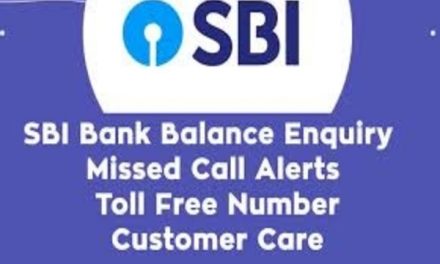Gmail is undeniably one of the most popular email services used by people around the world. After a long gap, Google’s mail service is getting a major overhaul which is now being rolled out to users. The search giant confirmed that the update is being released and will bring a host of new features to the service. The new features deal with security, confidentiality, better usability among other things.
The rollout has begun today and will be phased over the next few months. The ‘regular’ Gmail users can try the new features under the Settings menu where an option of ‘Try new Gmail’ will be available. However, this too will be phased so if you don’t find it immediately do not panic. Here are the features that Gmail is getting for a better user experience.
One of the most exciting new features is a “confidential mode” that prevents people from copying, forwarding, downloading and printing the emails you send them. You can choose to have the email “expire,” or become inaccessible, in one day, one week, one month, three months or five years. “Confidential mode” also lets you specify whether your recipient will have to type in a passcode they receive separately in a text message in order to read your message.
In addition, Google transformed Tasks — a to-do list tool that has been hidden in Gmail since 2008 — into a much more useful, nicer-looking way to make lists. It launched delightfully simple mobile apps for it, too.
Tasks is easy to access from Gmail: you simply tap the icon on the right rail and it pops out on the right side of your inbox. You can add tasks, reorder them, tack on sub-tasks, assign dates to everything you have to do. And you can drag emails into Tasks to add them to your list.
That right rail is where you’ll also find the new miniature versions of Google Calendar, where you can view and add events, and Google Keep, where you can read and write quick notes. Integrated third-party apps can be accessed from the right rail as well. Having these on hand means you don’t have to switch browser tabs so often.
Gmail is also making it easier to take actions on messages. The app will surface attachments and files in Google Docs, Sheets and Slides right below the subject line while you’re scanning your inbox, folders and search results, so you don’t need to dig through all the messages in a thread to find what you’re looking for.
And now when you hover over threads, there are new buttons for archiving messages, deleting them, marking them as unread, or snoozing them. By being able to click those buttons without actually clicking into an email, you’ll ideally be able to whiz through your inbox faster.
A new “offline mode” lets you prepare messages to be sent while you’re not connected to the internet, and it will send them once you get back online. You can also mark emails to be deleted or archived, and everything will be updated after your connection comes back. Previously you had to set up a separate Chrome web app in order to use Gmail while offline.
Smarter apps
Gmail is also getting smarter, particularly in its companion mobile apps.
Instead of getting a notification every time a new email hits your inbox, you can now tell your Gmail app to ping you only for the most important 3 percent of your incoming messages. (Google decides what it thinks those most important emails are based on your usage. For instance, if you have a thread going with someone, it would ping you with new replies, but you wouldn’t get pinged for every new message on a large chain email that you weren’t reading.)
This should be a nice addition for many people, especially those who receive so many push notifications that they can’t keep up every day.
Nudges are new for Gmail’s mobile apps, too. If you don’t respond to an email that Gmail thinks is important after a few days, or if a person hasn’t responded to an important email you’ve sent a few days ago, Google will call the thread to your attention, so you can follow up. Maybe people who are already on top of their emails won’t need this, but for those with a lot of volume or simply a tendency to be forgetful, Nudges could be a great help. (Google didn’t provide us with early access to Gmail’s updated Android and iOS apps, so we didn’t get to try either of those tools.)
Meanwhile, Gmail on desktop is getting a nifty feature that was previously only available on your phone.
With Smart Replies, Google includes three crude guesses at how you might want to answer someone’s message. Jacob Bank, Google’s product management lead for Gmail, told that 10 percent of all replies on Gmail start with Smart Replies.







